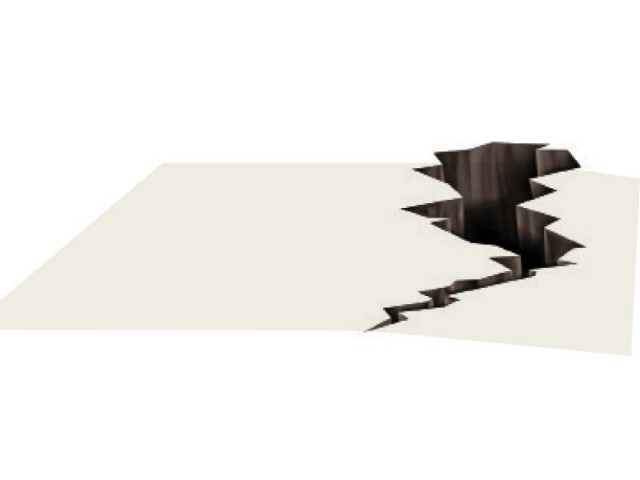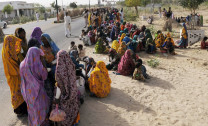Non-seismic construction intensifies perils of calamities
Potential earthquakes, tsunamis risk lives, property of locals located near high-rise buildings

As urban development runs high on the priority list of the government, the ill-planned construction of non-seismic skyscrapers across the port city has left seismologists worrying about the dire implications of an impending natural disaster.
With Pakistan’s metropolitan hub, Karachi, located at the intersection of the three major tectonic plates - namely: Indian, Eurasian and Arabian - the possibility of an earthquake or tsunami is ever present, thereby necessitating the strict supervision of construction activity in the city, to ensure its compliance with international standards of seismic construction and disaster prevention.
However, in recent years, there has been a sharp increase in the number of high-rise residential and commercial buildings across various areas in the port city, which were constructed in violation of the engineering code, thereby greatly amplifying the degree of harm that a future earthquake or tsunami might pose to the lives and property of citizens.
“All areas of Karachi, from the slums to the posh areas, are under the hold of illegal builders, whose construction of non-seismic highrise buildings risks causing damage in the event of a natural disaster,” said Dr Syed Nawaz Al Huda, a regional planner.
While most developed countries promote the construction of earthquake and tsunami resistant buildings throughout their cities, their importance is magnified in disaster prone areas like Karachi.
According to Professor Masood Rafi from NED University, Karachi is located in the Seismic Hazard Zone, which spans four countries namely Pakistan, India, Afghanistan and Iran, and is prone to mild, medium, and severe earthquakes and tsunamis throughout the year.
“When Seismic Hazard Zones experience frequent earthquakes, energy does not accumulate in the fault lines and the magnitude of future shocks is controlled. However, Karachi experiences very few earthquakes in a year, therefore the possibility of a major disaster is much higher,” warned Rafi.
History bears witness to Rafi’s conclusion, as Amir Haider, Seismic Director at the Meteorological Department recalls the 1945 earthquake in the Makran coastal area, which culminated into a deadly tsunami.
“The intensity of the disaster was such that it hit the seashores of Pakistan, India and Iran together, claiming the lives of more than 4,000 people. Similarly, in 2001 another severe earthquake shook Karachi, which had its epicentre in the Gujarat region of India,” recalled Haider.
In light of Haider’s revelations, The Express Tribune inquired about the risk faced by Karachi’s locals due to the widespread construction of non-seismic buildings, from Benish Shabbir, the Additional Director General at the Sindh Building Control Authority. “We try our level best to monitor the builders’ adherence to the engineering code. Those who fail to follow the rules will be dealt with in accordance with the law,” replied Shabbir.
Published in The Express Tribune, June 1st, 2023.



















COMMENTS
Comments are moderated and generally will be posted if they are on-topic and not abusive.
For more information, please see our Comments FAQ